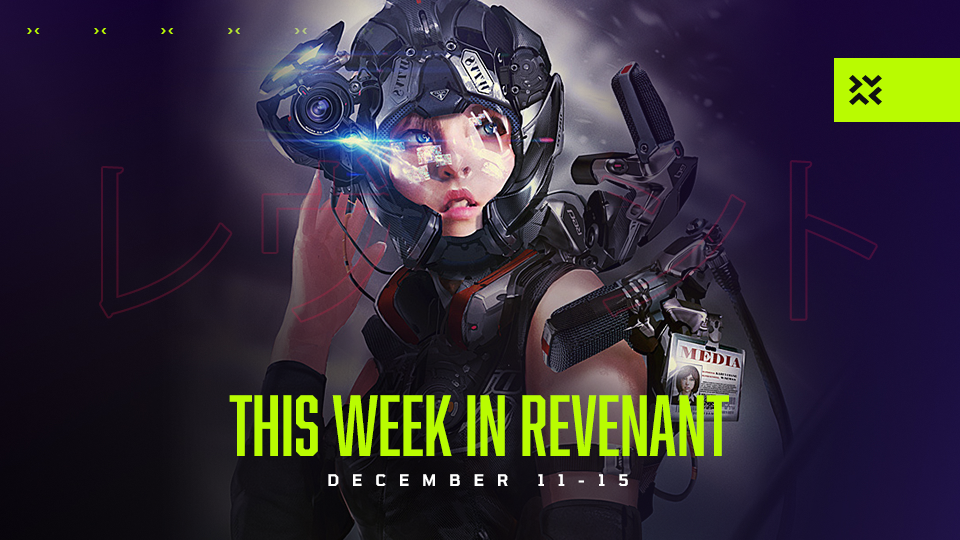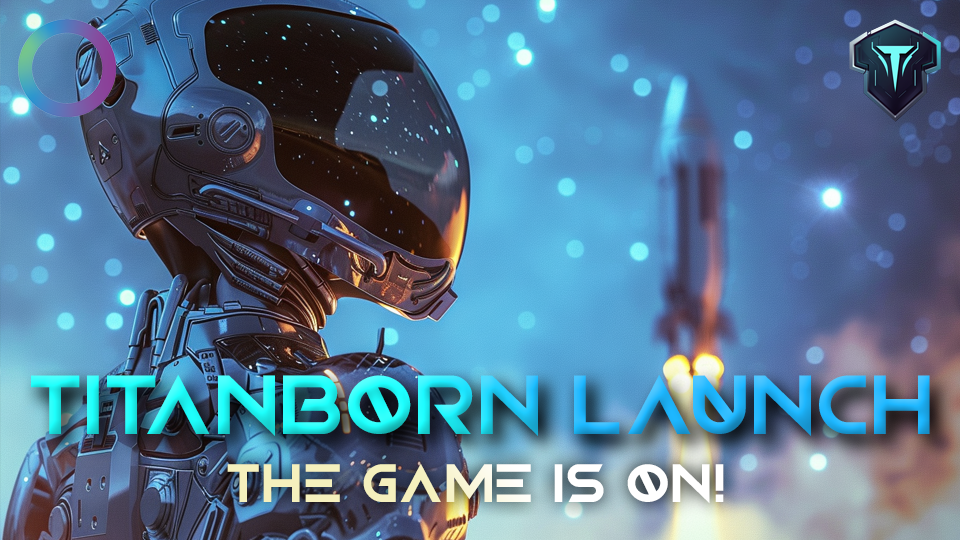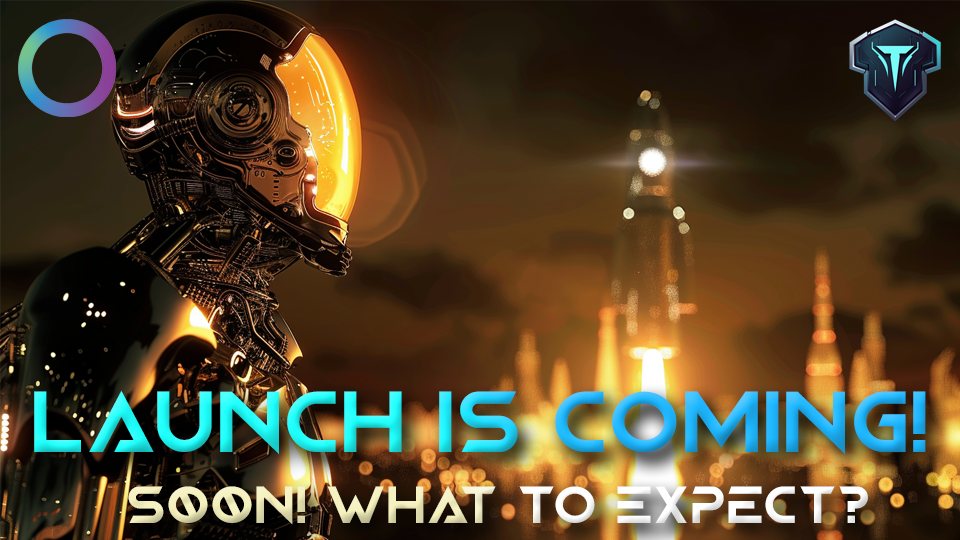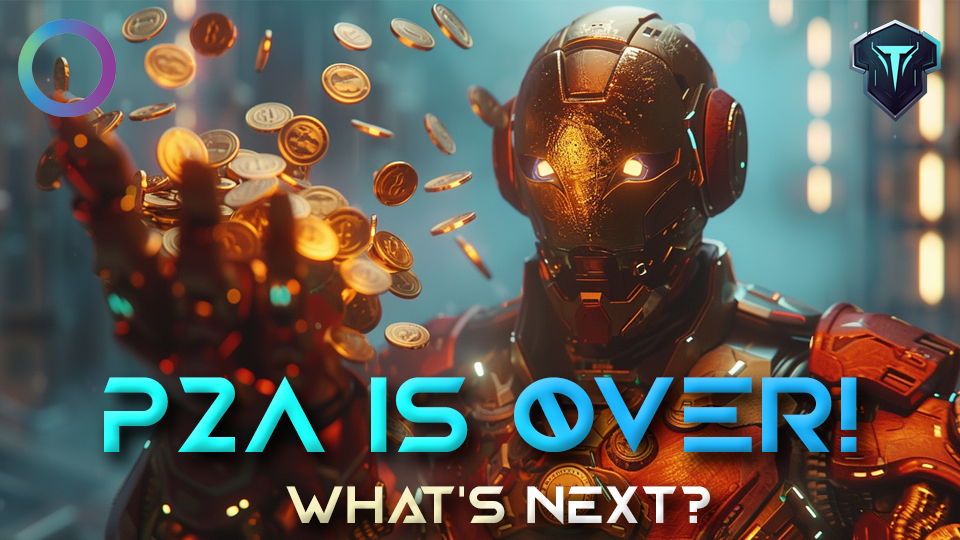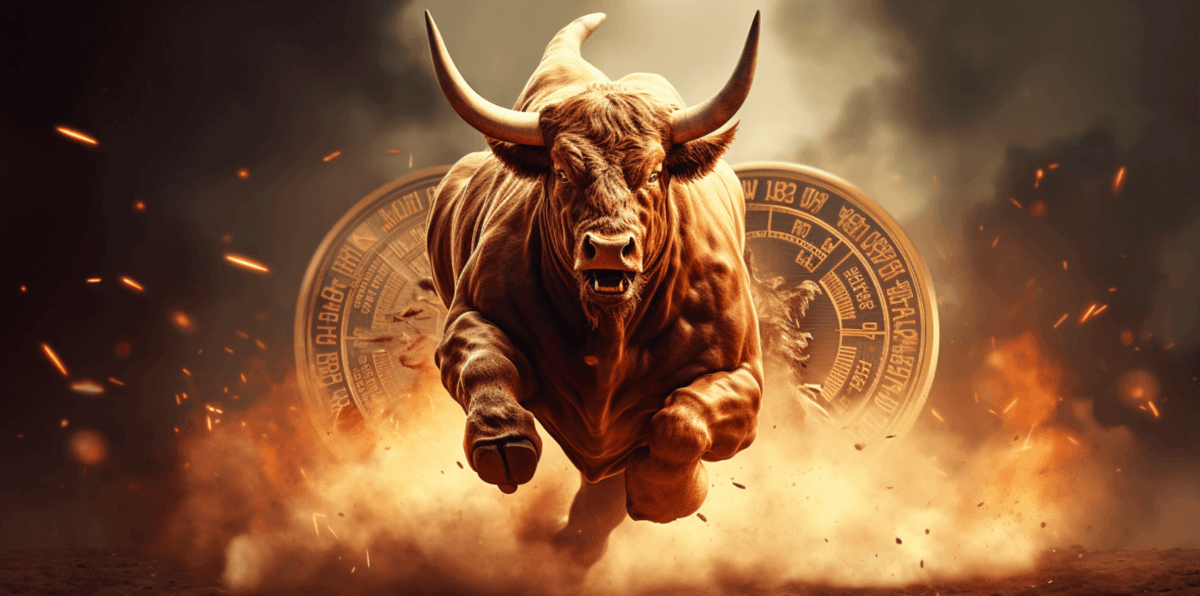
Introduction
In the rapidly evolving landscape of technology, blockchain has left an indelible mark on various industries. While debates about digital assets continue, the utility and advantages of blockchain technology are becoming increasingly apparent across multiple sectors. The blockchain technology market, valued at $11.1 billion in 2022, is projected to reach an astounding $469.5 billion by 2030, with a remarkable compound annual growth rate (CAGR) of 59.9%.
In this dynamic ecosystem, blockchain gaming has emerged as a significant niche. It offers digital ownership, real reward-based competitive engagement, and unprecedented transparency, drawing more gamers and traditional studios into its fold. The blockchain gaming sector recently celebrated the achievement of one million daily unique active wallets, accounting for 33% of the blockchain industry’s monthly activity. The sector’s potential and investor confidence are underlined by substantial financial investments, amounting to $739 million in the first quarter of 2023.
As blockchain gaming continues to foster the adoption of cryptocurrencies and non-fungible tokens (NFTs), it is reshaping the economy of the gaming industry. The integration of real assets and player-driven economies within this space has the potential to catalyze the next bull run in the cryptocurrency market.
The Evolution of Blockchain Gaming
The trend of blockchain gaming has gained significant momentum in the fourth quarter of 2023. Previously dominated by emerging startups and new projects, this sector is now attracting veteran game developers and major corporations who are making substantial investments in high-quality blockchain-based games. These games span a wide range of genres, including RPGs, battle royale, trade-based gaming, and real-time strategies, ensuring that blockchain gaming appeals to diverse audiences.
One notable trend in gaming is the tokenization of real-world assets (RWAs), which is rapidly gaining traction. Major financial institutions and startups are increasingly tokenizing tangible assets such as commodities, art, real estate, and financial instruments. The RWAs sector has witnessed exponential growth, nearly doubling in value to $2.5 billion by September 2023, with projections suggesting it could exceed $16 trillion by 2030.
Non-stablecoin RWAs, particularly those offering yields like tokenized private credit, real estate, and treasuries, have experienced significant market share growth, increasing from 31% to 53% between January and September 2023. While the RWA sector is expanding, it primarily attracts users already familiar with the crypto space, rather than new adopters or traditional investors.
Decentralization’s Impact on the Gaming Industry
Blockchain gaming may appear as a small segment within the broader gaming industry, but its influence through decentralization is evident, particularly in how games are monetized. Web 3.0 games are evolving to mirror their Web 2.0 counterparts, with improved graphics, gameplay, and simplified onboarding processes. Mainstream games are gradually incorporating decentralized features to reduce the learning curve for players.
Leading game developers like Ubisoft have introduced NFT features in AAA games like Assassin’s Creed, while rumors circulate about Rockstar Games integrating a crypto-based reward system in the latest GTA. These moves aim to broaden the appeal of Web 3.0 games beyond the blockchain community and towards mainstream adoption.
Fully on-chain games represent a bold stride in decentralization, placing every game aspect on the blockchain, enabling permissionless interoperability, community ownership, and innovative gaming experiences. However, blockchain’s technical challenges, such as speed and scalability, still limit games relying on simpler turn-based formats.
Additionally, there’s a growing trend of B2B, decentralized, white-label trading games, attracting crypto traders into the gaming arena. These platforms offer scalable, automated solutions that transform audience engagement into a dynamic revenue stream, demonstrating the potential of decentralized gaming models to drive industry growth and sustainability.
Challenges and Future Prospects
While blockchain gaming presents significant opportunities, it also faces challenges in distribution, market adoption, and balancing the interests of traditional gaming powerhouses with the innovative ethos of blockchain gaming. The industry’s trajectory and success in decentralization will depend on how these factors are addressed.
Success in this space hinges on maintaining a balanced approach that leverages blockchain’s unique features while preserving the core elements that make games appealing to a broader audience. As blockchain gaming continues to evolve, it is poised to play a central role in future bull markets. However, user adoption will be a crucial factor in shaping the industry’s destiny.
Developers and projects must effectively address the concerns of the traditional gaming community and simplify the onboarding process for those unfamiliar with crypto and decentralized finance (DeFi). If these challenges are navigated successfully, blockchain gaming could become the cornerstone of the next digital revolution in both the gaming and financial markets.
In conclusion, blockchain gaming stands at the intersection of innovation and opportunity, offering a glimpse into a future where digital and traditional asset markets converge, potentially igniting the next bull run in the cryptocurrency market. As blockchain technology continues to reshape industries, blockchain gaming remains a promising catalyst for the future of gaming and finance.


